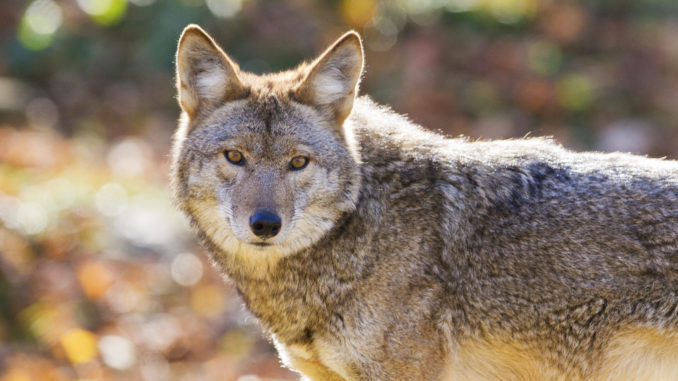In the realm of wildlife interactions, the predator-prey relationship plays a crucial role in shaping ecosystems. One such interaction that has garnered attention is the relationship between coyote (Canis latrans) and wild turkey (Meleagris gallopavo) populations. Understanding the effects of coyotes on turkey nesting success is essential for comprehending the intricate balance of this relationship. In this blog, we will explore the dynamics between these two species and shed light on the impact of coyotes on turkey nesting success.
The Coyote-Turkey Connection
Coyotes are highly adaptable canids found throughout North America. They have expanded their range over the years due to various factors, including habitat changes and human influence. As opportunistic predators, coyotes prey on a variety of animals, including small mammals, birds, and occasionally larger prey such as deer.
Wild turkeys, on the other hand, are ground-nesting birds known for their elaborate mating displays and distinctive plumage. Turkeys construct nests on the ground, relying on dense vegetation to provide cover and concealment for their eggs. Nests typically contain a clutch of 8 to 12 eggs and are vulnerable to predation during the incubation period.
Coyotes as Nest Predators
Research has shown that coyotes are significant nest predators, and their presence can impact turkey nesting success. Coyotes are known to actively seek out and raid turkey nests, consuming both eggs and adult turkeys. Their exceptional hunting abilities and keen sense of smell make them efficient predators, capable of locating well-hidden nests.
The impact of coyote predation on turkey nesting success varies across different regions and habitats. Factors such as coyote density, turkey population size, and habitat characteristics can influence the magnitude of the effect. In areas with high coyote populations, nesting success can be significantly reduced, leading to declines in turkey populations.
Understanding the Implications
- Egg Predation: Coyotes often target turkey nests during the incubation period. They can locate nests by scent or visual cues, such as disturbances in vegetation. Once a nest is located, the eggs become vulnerable to predation. The loss of eggs hampers reproductive success and can limit population growth.
- Nest Site Selection: The presence of coyotes can affect turkey nest site selection. Turkeys may be forced to choose less favorable nesting locations to minimize the risk of predation. This can result in suboptimal nesting habitats, reducing the survival chances of both eggs and adult turkeys.
- Predation Pressure: Increased predation pressure from coyotes can lead to increased nest abandonment rates among turkeys. Females may abandon nests when they perceive a high risk of predation. Abandoned nests result in wasted reproductive effort and can impact overall population growth.
Management Strategies
Efforts to manage coyote predation on turkey nesting success require a multi-faceted approach. Here are a few strategies that can be implemented:
- Habitat Management: Maintaining or creating dense vegetation cover near nesting areas can help protect turkey nests. Dense vegetation acts as a natural deterrent to predators like coyotes.
- Predator Control: In areas where coyote predation poses a significant threat to turkey populations, targeted predator control measures may be necessary. These measures can include regulated hunting, trapping, or removal of individual coyotes to reduce their impact on nesting success.
- Predator Awareness: Educating landowners, hunters, and outdoor enthusiasts about the ecological dynamics between coyotes and turkeys can raise awareness about the importance of preserving nesting habitats and minimizing human activities that disrupt nesting success.
Conclusion
The impact of coyotes on turkey nesting success is a complex issue influenced by various factors. While coyotes are natural predators and play a vital role in ecosystems, their increased presence can negatively impact turkey populations. Conservation efforts should focus on finding a balance between predator management and maintaining healthy ecosystems. By understanding the dynamics between these species, we can work towards preserving both coyotes and wild turkeys in their natural habitats. Hopefully this short blog will be helpful to you as you fight coyotes on your farm or ranch!
